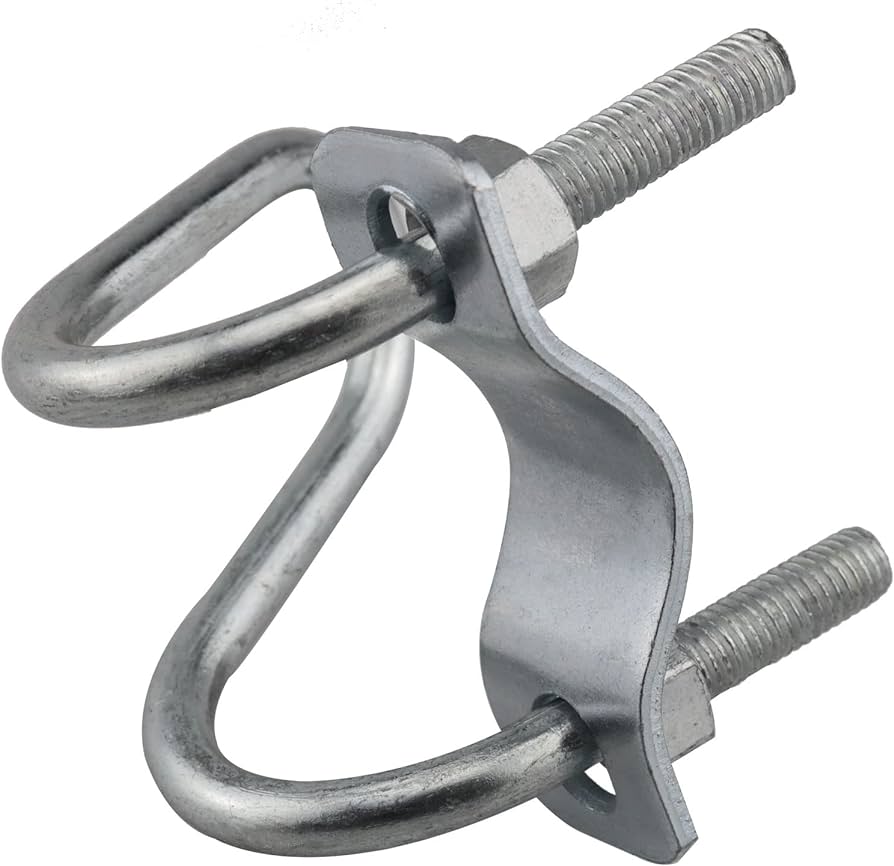
Crossover clamp to secure and support conductors on overhead transmission lines. They provide support at the point where the conductors intersect. The clamps play a crucial role in maintaining the structural integrity of the infrastructure. It also ensures the proper functioning of the electrical system. Crossover clamps have specific designs to meet specific requirements of the application. they are from materials such as stainless steel, galvanized steel and composite polymers. Common types of the clamps include bolted clamps, compression clamps and U-bolt crossover clamps. They find use in applications such as power systems, telecommunication and construction.
Factors to consider when selecting crossover clamp
Proper selection of the crossover clamps helps to ensure the proper functioning of the transmission system. It thus requires careful consideration of various factors that influence the decision-making process. Additionally, it is advisable to consult with industry professionals for guidance on the best crossover clamp. The following are the factors to consider when selecting the crossover clamps.
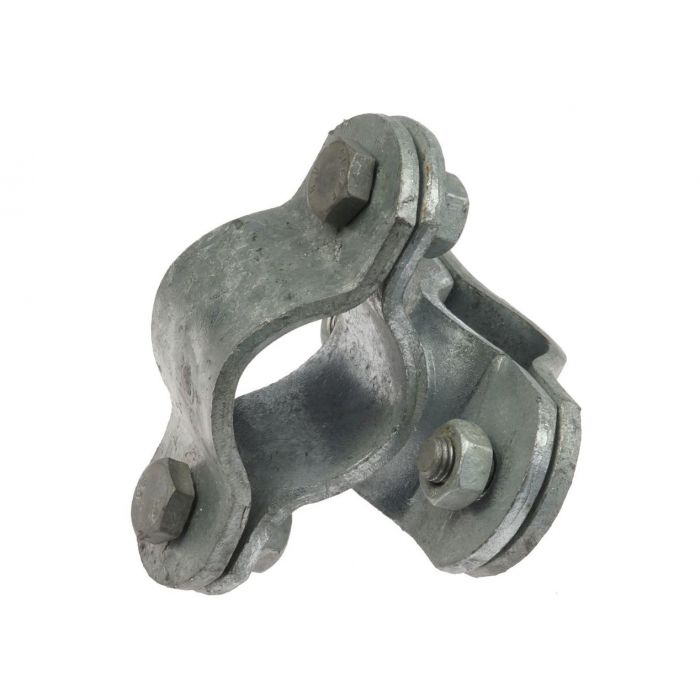
- Vibration damping – depending on the application, it is important to analyse the vibration dampening features. This is particularly important in situations where vibration could lead to fatigue and wear.
- Conductor type and size – check for the most versatile crossover clamps which allows for use of the clamps in different sections of the electrical system.
- Environmental conditions – check the environmental conditions where the crossover clamp will install. Select a clamp with suitable materials and coatings that can withstand the environmental challenges.
- Adjustability – check whether the clamp provides adjustability to accommodate different conductor sizes.
- Ease of installation – consider the ease of installation and whether the clamp design allows for quick and efficient setup.
- Manufacturer – select crossover clamps from reputable manufacturers. They should have a track record of producing high-quality electrical components.
- Corrosion resistance – select a clamp with corrosion-resistant materials to ensure durability of the clamp and conductor.
- Load and tension requirement – determine the largest load and tension the crossover clamp needs to support. Select the clamp with the suitable load bearing capacity to ensure it can handle the forces.
- Cost effectiveness – check the costs of the crossover clamp and balance the upfront costs with the long-term benefits and reliability.
Benefits the crossover clamp offer
Crossover clamps offer several benefits which contributes to the reliability, safety and efficiency of the infrastructure. Electrical systems and overhead transmission lines get to enjoy the benefits from using the crossover clamps. The following are the benefits of using crossover clamps.
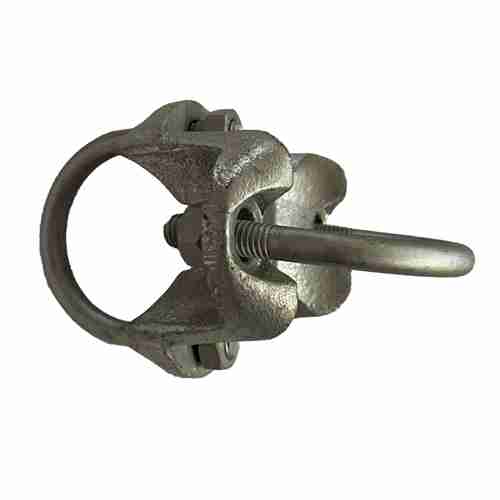
- Support – the clamps provide structural support to conductors at crossover points. This helps to maintain their alignment and prevents sagging.
- Thermal expansion and contraction – the clamps are able to accommodate the thermal expansion and contraction of conductors. This helps to reduce the risk of damage caused by temperature changes.
- Versatility in conductor sizes – most of the clamps are adjustable and can accommodate a range of conductor sizes for flexibility.
- Conductor separation – the clamps ensure proper separation between adjacent conductors. This prevents contact and reduces the risk of short circuits.
- Vibration control – some of the clamps are adjustable with vibration dampening features. This helps to reduce the potential for fatigue and wear over time.
- Enhanced system reliability – the clamps contribute to the reliability of electrical systems. this helps to reduce the occurrence of disruptions or failures.
- Cost effective maintenance – the use of crossover clamps contributes to cost-effective maintenance. This is because they allow easier access to conductors during repairs.
- Ease of installation – the crossover clamps designs ease efficient setup and reduces downtime during maintenance.
- Durability – the clamps are from durable materials which lead to long service life. This reduces the need for frequent replacements and contributes to the cost effectiveness.
- Corrosion resistance – crossover clamps have different materials which prevent galvanic corrosion by providing secure connections.
Factors to consider when buying crossover clamp
Cost considerations and analysis for crossover clamps may be a tough nut to crack. It may also be nerve wrecking when you do not know what to look for. It is thus important to balance the upfront costs with the long-term benefits and reliability of the clamp. Additionally, it is advisable to check with professionals for guidance on the analysis. It is also important to balance the cost and quality of the crossover clamp. The following are the factors to consider when buying crossover clamps.
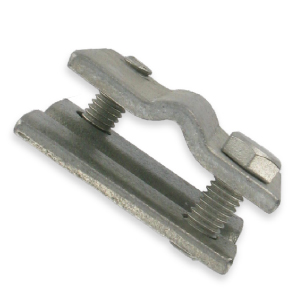
- Material costs – check the material used in the manufacture of crossover clamps which influences costs. High quality materials may be more expensive but they provide durability.
- Load bearing capacity – assess the specific requirements of the system and select clamps that match the expected loads.
- Corrosion resistance – consider the environmental conditions which the crossover clamps will install. Select corrosion resistant materials that help to extend the lifespan of the clamps.
- Installation costs – select crossover clamps which have simple installation techniques. They should offer lower labor costs during installation or maintenance.
- Maintenance and replacement – consider the potential maintenance and replacement costs for the clamps.
- Manufacturer reputation – select crossover clamps from manufacturers with a proven track record of producing high quality clamps.
- Adjustability – consider the adjustability of the clamps which helps them to accommodate a wide range of conductor sizes.
- Maintenance and replacement costs – consider the potential maintenance and replacement costs for different types and designs.
Market updates and advancements for crossover clamps
The market for crossover clamps is dynamic and evolving depending on various factors. The updates lead to improved safety, reliability and efficiency in electrical systems. The specific trends for the crossover clamps vary depending on the specific country and region. Additionally, it is advisable to check the market trends which influence demand and supply. The following are the key factors that influence the market for crossover clamps.
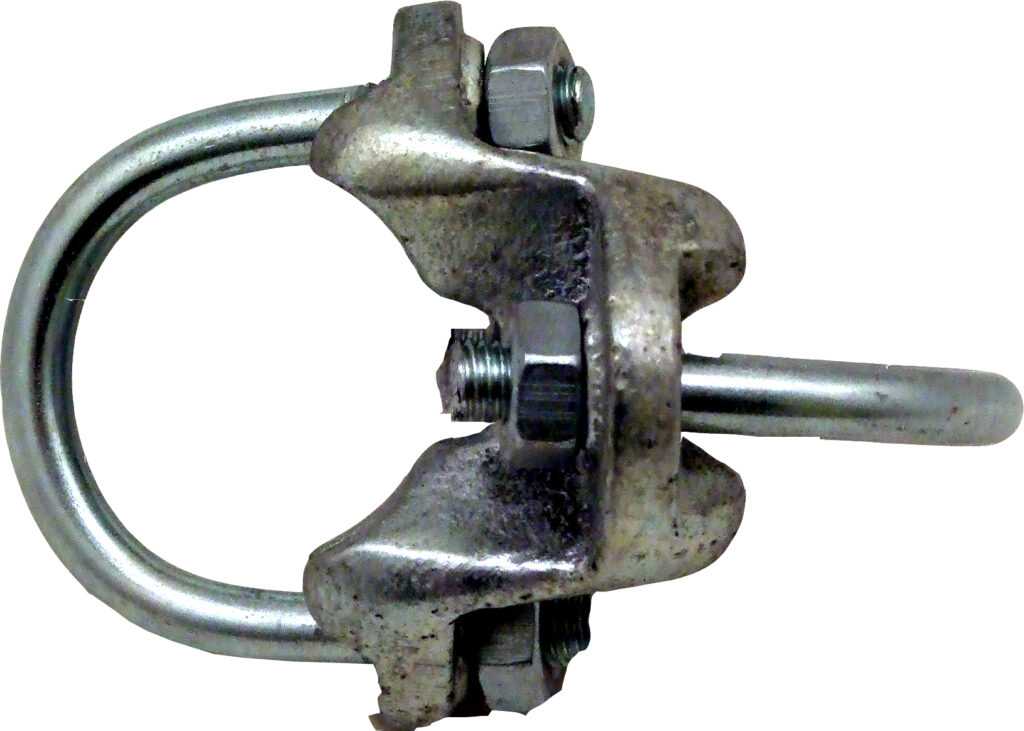
- Smart clamps – the integration of sensors and communication technologies helps to track load, temperature and potential issues.
- Material innovation – the increased development of higher strength, lighter and corrosion resistant materials lead to advancements in the market.
- Data driven design – the use of advanced simulations and data analysis helps to optimize clamp designs for specific applications and environments.
- Renewable energy sector – the development of solar and wind farms generates demand for specialized crossover clamps. This also leads to the new development of designs and types of the clamps for improved efficiency.
- Smart grid integration – collaboration of smart clamps with smart grids infrastructure helps to provide real time data collection.
- Aging infrastructure – replacement of aging lines creates opportunities for new and improved technologies.
- Environmental sustainability – there is development of regulations promoting eco-friendly materials and manufacturing processes. This in turn influences production and demand for the crossover clamps.
- Standardization efforts – there are various initiatives that help create global standards for design and testing.
Supplier and vendors for crossover clamps in the market
Finding the right supplier and vendor for crossover clamps helps to ensure right selection for your application. The selection of the supplier depends on your specific needs and location. The selection for the supplier requires research online, contacting local power line equipment and checking manufacturer websites. There may be global and local manufacturers depending on your area. Additionally, it is advisable to consult with other customers for product reviews before selecting. The following are the considerations for choosing the right supplier or vendor for crossover clamps.
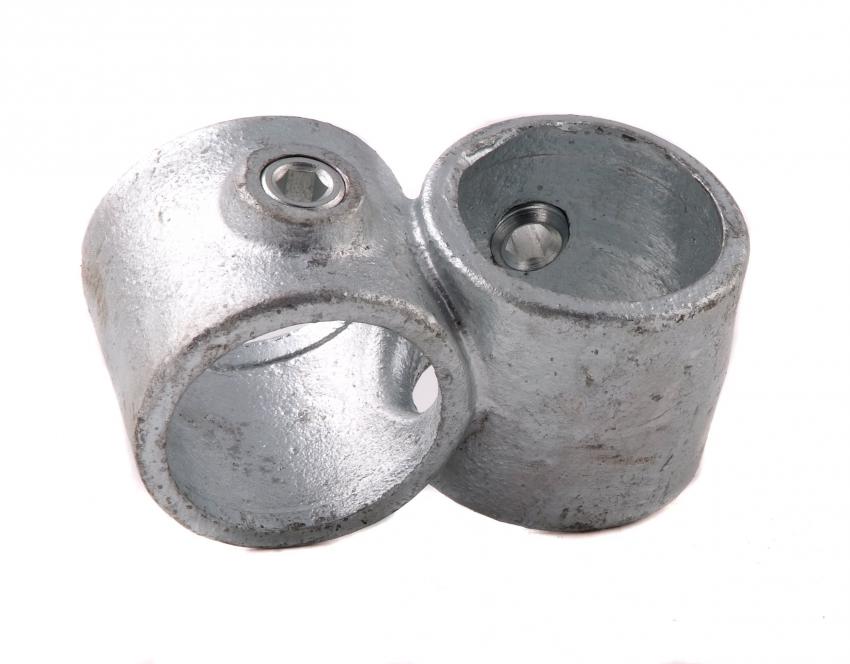
- Quality and certifications – this involve choosing a reputable supplier with a proven track record of quality and relevant industry certifications.
- Technical support – confirm technical support and after sales service to address any questions or issues from the manufacturer.
- Product range and compatibility – ensure the supplier provides the specific type and design of crossover clamp needed for your conductor size and application.
- Price and lead time – compare the prices and delivery times from different supplier before making a decision. Balance the costs and quality of the crossover clamp for improved performance.
- Industry events – attend events and trade shows for increased opportunities to meet suppliers and compare options.
- Publications and websites – check trade magazines like Transmission and Distribution World. They might feature supplier profiles.
There are various crossover clamp manufacturers available in the market. This may include America, French, Dutch and Chinese companies. TTF Power Systems is a leading manufacturer for power pole products including crossover clamps. They offer high quality clamps for use in various applications. TTF has acquired various certifications to establish credibility and trust among consumers. The following is a contact information.
Website: https://ttfpower.com/
Catalog: https://ttfpower.com/about-us/
Landline (M-F, 9 am-6 pm): (+86) 22-8523-3528
Customer Service: support@ttfpower.com
Frequently asked questions
Crossover clamps are connectors used to securely join two overhead power lines at crossing points. They also provide mechanical support and electrical continuity which ensures smooth power flow across the intersections.
Crossover clamps come in various designs to suit different conductor sizes, materials and applications. They include dead end clamps, angle clamps, parallel clamps and tension clamps.
Crossover clamps are from high strength galvanized steel for durability and conductivity. There are other advancing materials such as aluminum and composite materials.
